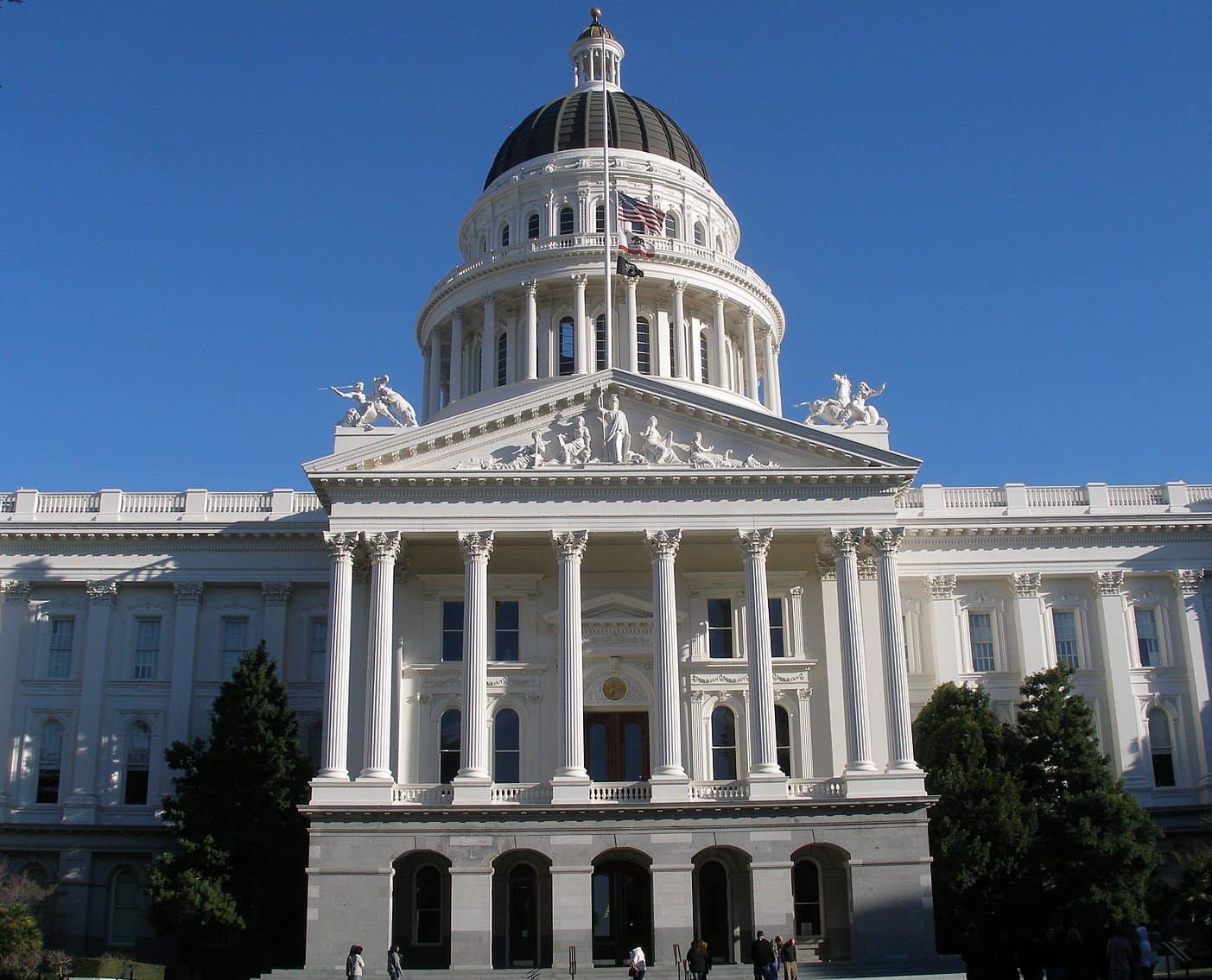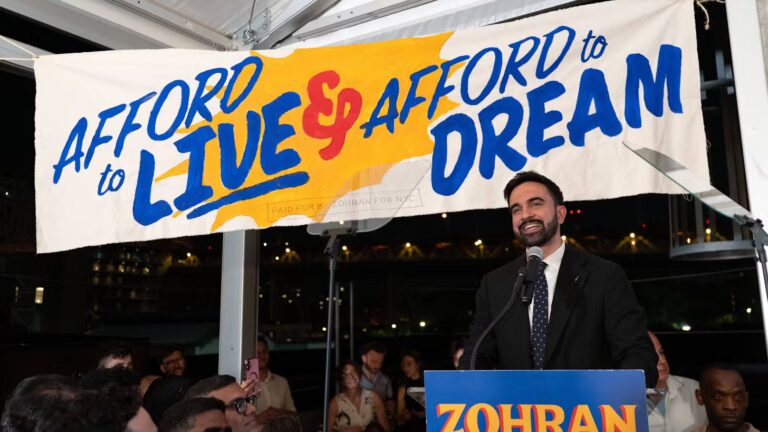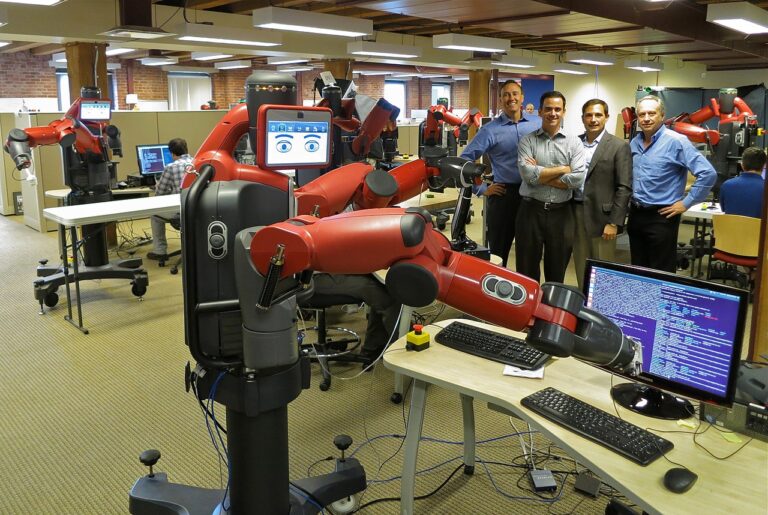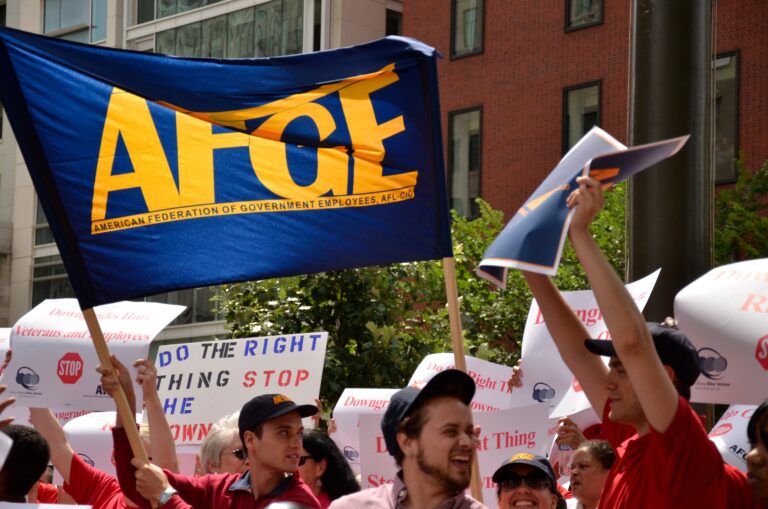
Marissa Marandola is a student at Harvard Law School.
Last spring, the California Supreme Court sent shockwaves through the gig economy with its ruling in Dynamex Operations West, Inc., in which it held that the so-called ABC test is the appropriate one for determining whether a worker is an independent contractor or an employee under California wage and hour law. Over the summer, the business community unsuccessfully attempted to catalyze an emergency political response that would have suspended the decision pending legislative action, while California’s labor community prepared to take the offensive. Now, with the California State Legislature considering two competing bills, one that would codify Dynamex and another that would overrule it, the employment status of gig economy workers is poised to become one of this session’s hot-button issues.
AB-5, introduced by Assembly Member Lorena Gonzalez (D-San Diego) and sponsored by the California Labor Federation, is a placeholder bill that would make the Dynamex test part of California statutory law. Gonzalez has said that AB-5 in its final form will ideally expand Dynamex beyond the wage and hour context to determinations of workers’ eligibility for benefits like paid sick leave, workers’ compensation, and unemployment.
While AB-5 would protect Dynamex and the ABC test, AB-71, introduced by Assembly Member Melissa Melendez (R-Lake Elsinore), would overturn the decision and return to the multifactor Borello standard, California’s pre-Dynamex test for employment status. In a press release, Melendez described the bill as a necessary corrective to the state supreme court’s overreach in Dynamex, which she predicts “could unravel gig and tech economies and threaten the traditional business models of realtors, teachers, beauticians, truck drivers, construction trades and countless other professions.”
Stakeholders on both sides are actively mobilizing constituents and lobbying legislators. The California Labor Federation, in addition to sponsoring AB-5, is making efforts to expand public awareness of the benefits of employee status, as legislative director Caitlin Vega recently explained on a Bay Area podcast. The California Chamber of Commerce leads the business and tech community’s opposition to Dynamex and AB-5. Beyond traditional lobbying, the Chamber of Commerce spearheads “I’m Independent,” a coalition of industry organizations, the California Business Roundtable, and major gig economy players that is mounting a public education campaign on the importance of Californians’ right to choose to work as independent contractors. The campaign emphasizes the flexibility trope common to gig companies’ branding and to previous debates about the gig economy. Outside of the coalition’s activity, the tech sector has taken on a prominent lobbying role, with some of the biggest companies (Uber, Lyft, Instacart, and DoorDash, among others) pushing for a political response that will limit their retroactive liability for worker misclassification.
The adult entertainment industry is also prominent in California’s worker classification debate, largely because of high-profile litigation asserting that exotic dancers are misclassified as independent contractors and face substantial abuses as a result. Last summer, a state judge considering wage and hour claims against a national strip club chain’s California operations ruled that Dynamex applied retroactively and found that a class of exotic dancers were employees under the new standard. The industry cites this decision as only the first of many negative consequences that will flow from Dynamex, and exotic dancers have spoken publicly about the harms inflicted by their reclassification last year. Most prominently, well-known performer Stormy Daniels published an op-ed in the Los Angeles Times in which she voiced concerns that employee status would result in dancers losing flexibility, money, privacy, and autonomy. The Independent Entertainer Coalition, a trade group that represents individual dancers, plans to protest AB-5 at the state Capitol with Daniels headlining.
What happens from here? With a Democratic supermajority in the Legislature, the odds of AB-71 passing are extremely low. But AB-5 also faces political obstacles: twenty-three of sixty Democratic Assembly Members and eight of twenty-nine Democratic state Senators identify as moderate, business-friendly Democrats, many of whom have close ties to the tech industry. Democratic Governor Gavin Newsom was elected with substantial support from both labor and tech, and is considered unlikely to sign a bill that alienates either. He has remained neutral on the Dynamex question so far, but his State of the State address called for policies that would “expand worker opportunity” without undermining “innovation or flexibility” – a goal he sees as “much bigger than Dynamex.” Given Newsom’s and moderate Democrats’ political commitments to the tech sector, a bill that simply codifies Dynamex without modification may not pass.
One possibility: a revised version of AB-5 passes the Legislature and gets Newsom’s support on the basis of industry accommodations that alleviate some of the business community’s concerns. A third bill, AB-233, models this approach: introduced by Assembly Member Tom Daly (D-Anaheim) and Ken Cooley (D-Sacramento) and sponsored by the Independent Insurance Agents and Brokers of California, it would exempt licensed insurance agents and brokers from the Dynamex test and instead establish an industry-tailored set of criteria under which parties could enter independent contractor relationships. Gonzalez and the California Labor Federation are open to similar exceptions for high-wage, professional workers, but the labor movement is, according to California Labor Federation spokesman Steve Smith, committed to protecting “the workers who are most vulnerable to exploitation” – a category that likely includes many gig economy workers.
Other alternatives would take a more creative approach to worker protection. The Newsom administration reportedly favors a collaborative process between labor, gig economy companies, and politicians, and has begun to facilitate conversations. The California Labor Federation and local affiliates of SEIU and The Teamsters Union have confirmed their participation in talks with industry representatives and companies. One proposal on the table would relax the rigorous “B” prong of the Dynamex test, the primary obstacle to gig economy companies’ proving that their workers are independent contractors under the new standard, which states that a worker who performs work within the usual course of the hiring entity’s business is an employee, not a contractor. In exchange, companies would establish a portable benefits program and other quasi-employment protections for independent contractors. Another option, suggested by the gig companies, is a model similar to Uber’s 2016 deal with its New York drivers, under the terms of which Uber agreed to fund an association, the Independent Drivers Guild, affiliated with the International Association of Machinists. Guild members hold monthly meetings with management, where they can raise workplace issues, and can appeal decisions by Uber to ban them from the ridesharing platform, but cannot collectively bargain or strike.
The path California chooses will probably shape worker classification policy across the country. An innovative approach that reconciles the competing demands of innovation and flexibility with some guarantee of basic worker protections and benefits could revolutionize labor and employment law for the coming decades. But if politicians capitulate to companies’ push to gut the core of Dynamex through expansive industry carve-outs, the labor movement will face a major setback in its campaign to protect workers in the 21st century economy, and gig economy workers, along with other low-wage independent contractors, will remain vulnerable to exploitation. Whether Newsom and his fellow California Democrats can successfully walk the line between labor and tech and craft a modern, feasible approach to the worker classification question remains to be seen.






Daily News & Commentary
Start your day with our roundup of the latest labor developments. See all
December 8
Private payrolls fall; NYC Council overrides mayoral veto on pay data; workers sue Starbucks.
December 7
Philadelphia transit workers indicate that a strike is imminent; a federal judge temporarily blocks State Department layoffs; and Virginia lawmakers consider legislation to repeal the state’s “right to work” law.
December 5
Netflix set to acquire Warner Bros., Gen Z men are the most pro-union generation in history, and lawmakers introduce the “No Robot Bosses Act.”
December 4
Unionized journalists win arbitration concerning AI, Starbucks challenges two NLRB rulings in the Fifth Circuit, and Philadelphia transit workers resume contract negotiations.
December 3
The Trump administration seeks to appeal a federal judge’s order that protects the CBAs of employees within the federal workforce; the U.S. Department of Labor launches an initiative to investigate violations of the H-1B visa program; and a union files a petition to form a bargaining unit for employees at the Met.
December 2
Fourth Circuit rejects broad reading of NLRA’s managerial exception; OPM cancels reduced tuition program for federal employees; Starbucks will pay $39 million for violating New York City’s Fair Workweek law; Mamdani and Sanders join striking baristas outside a Brooklyn Starbucks.